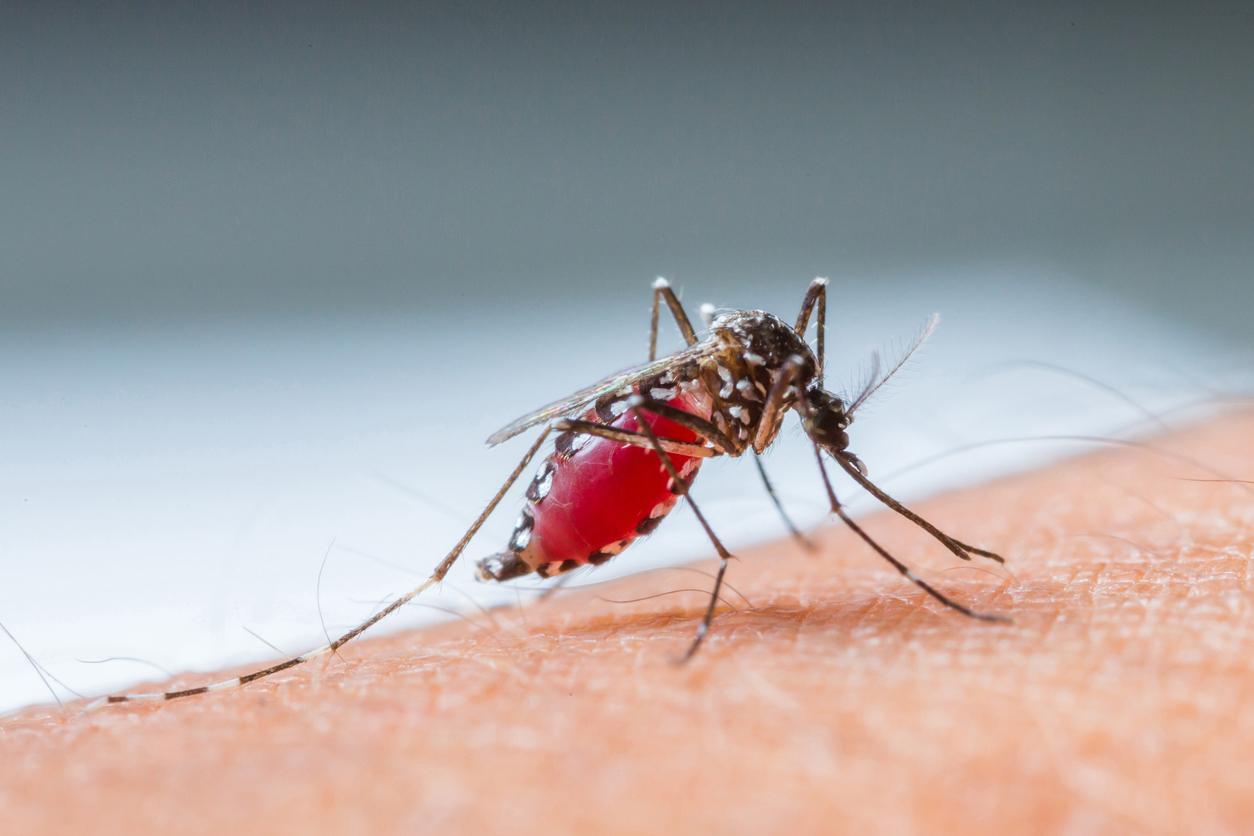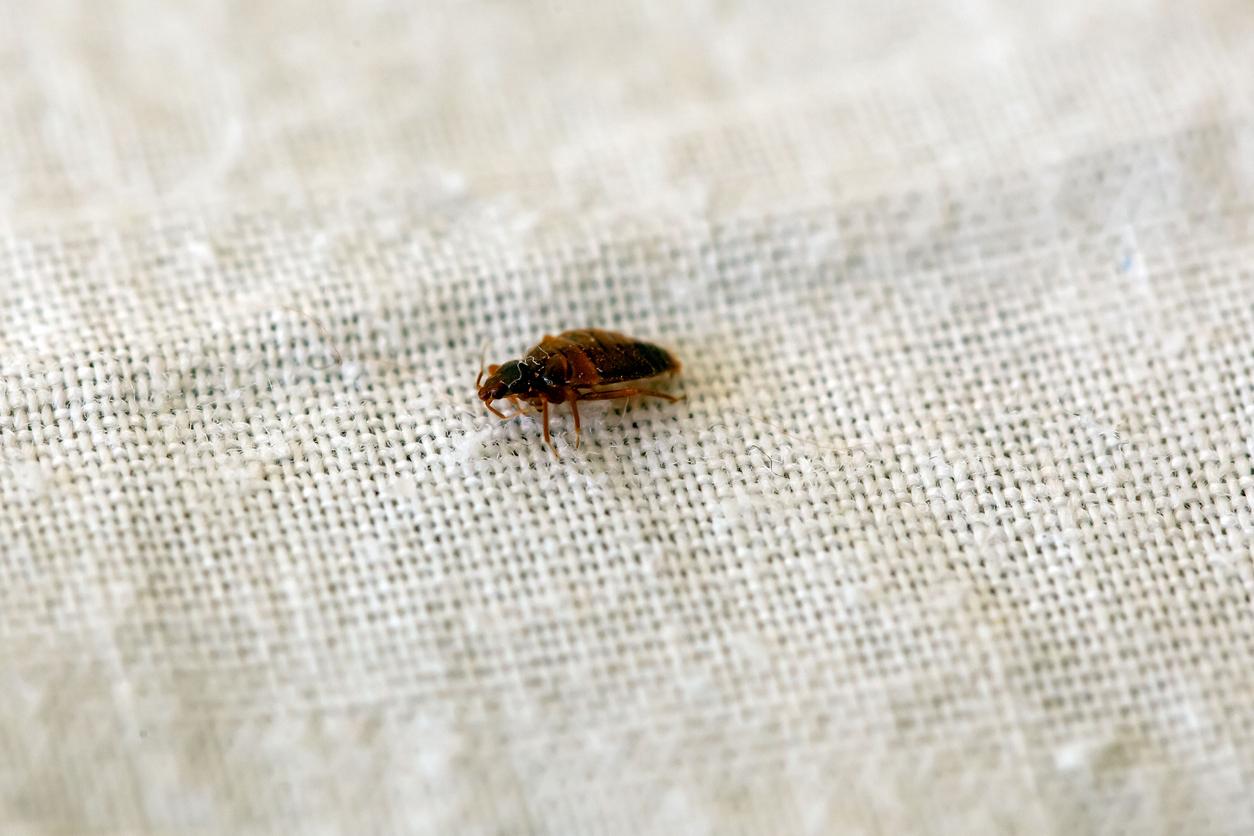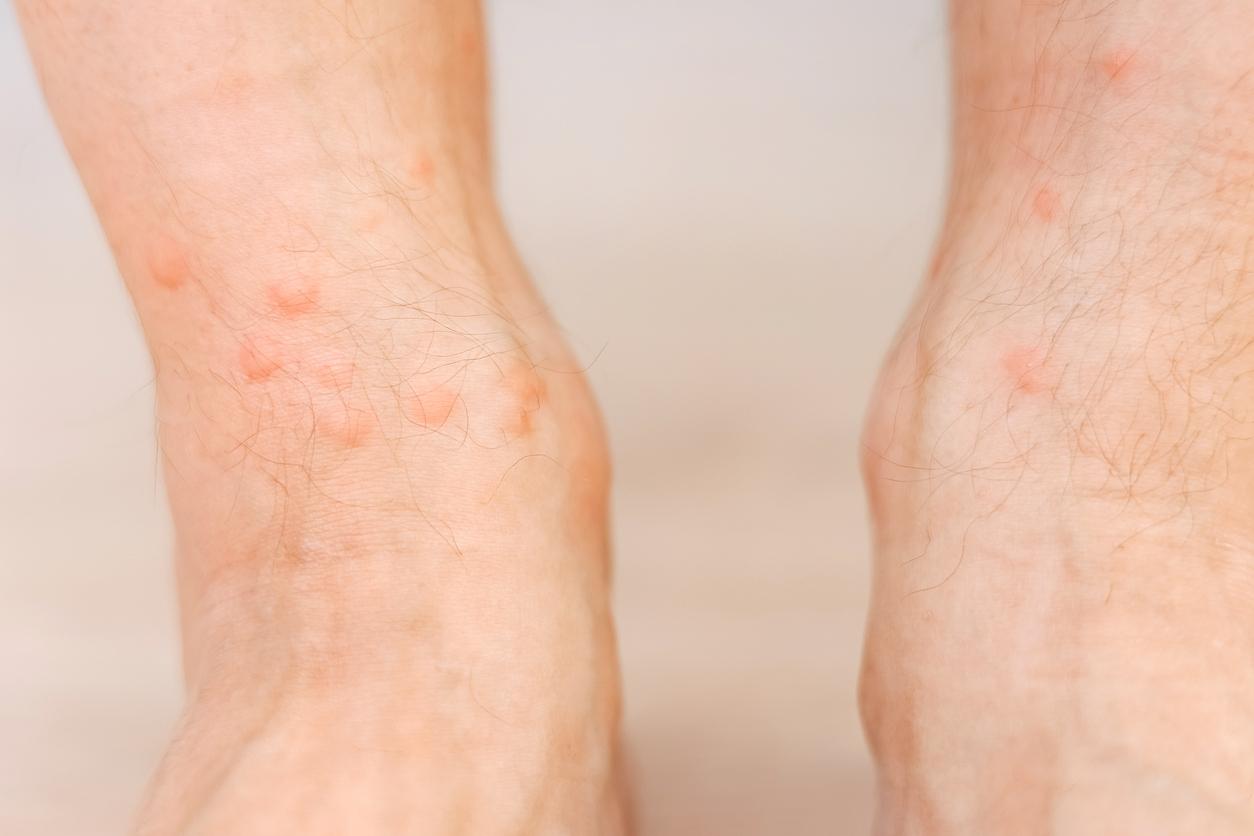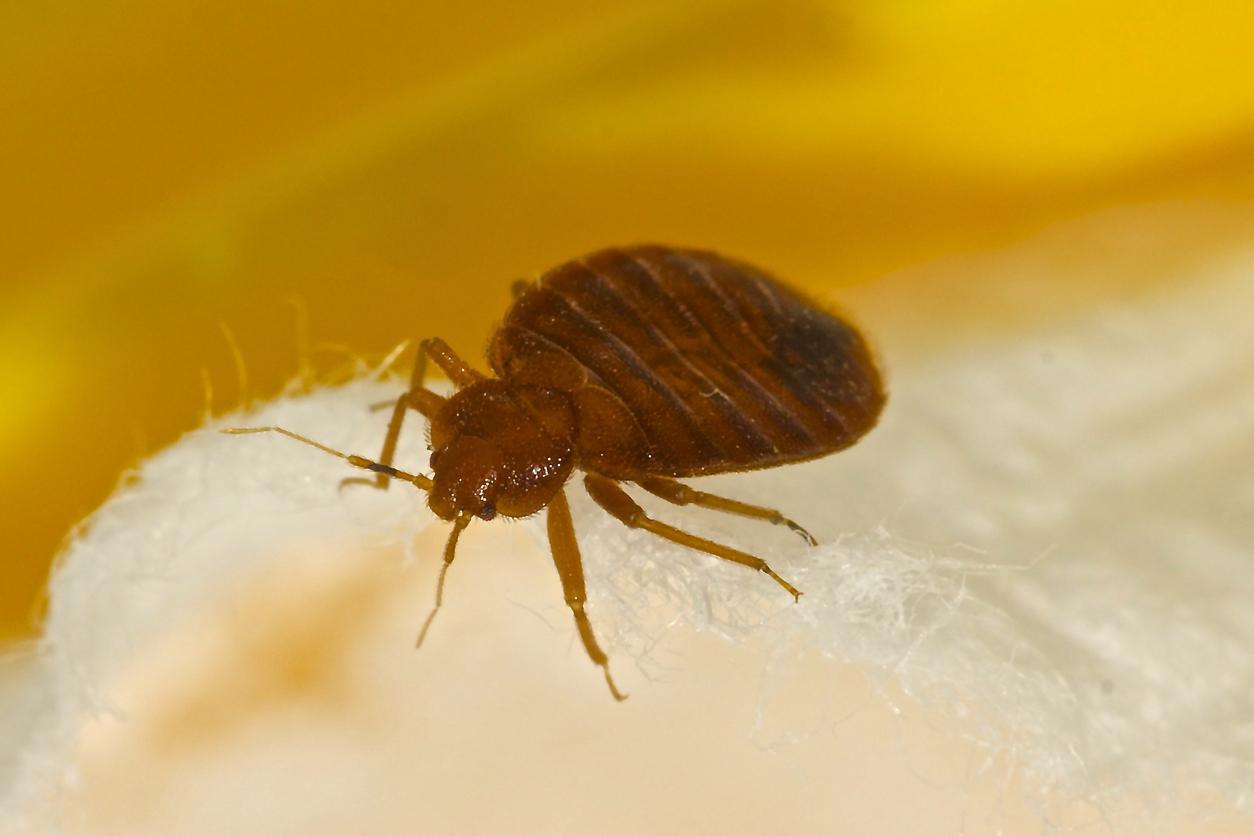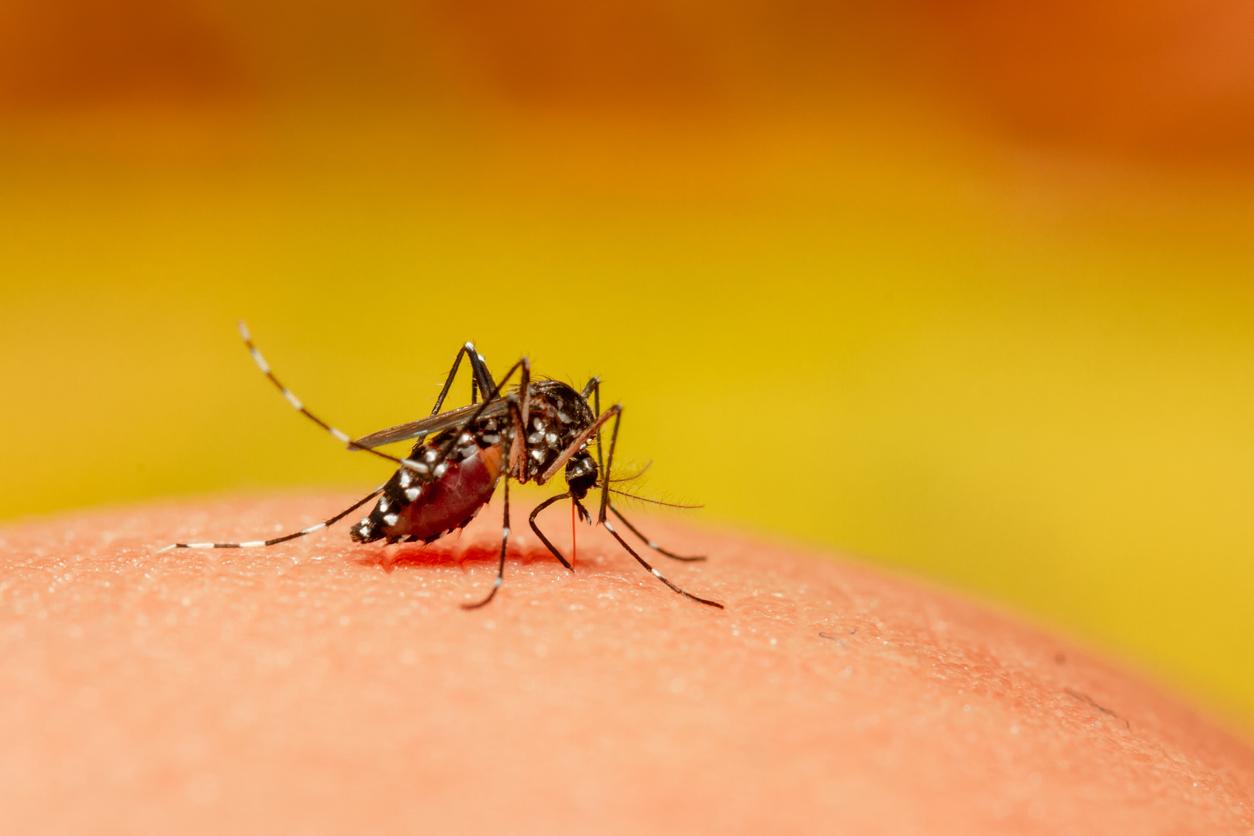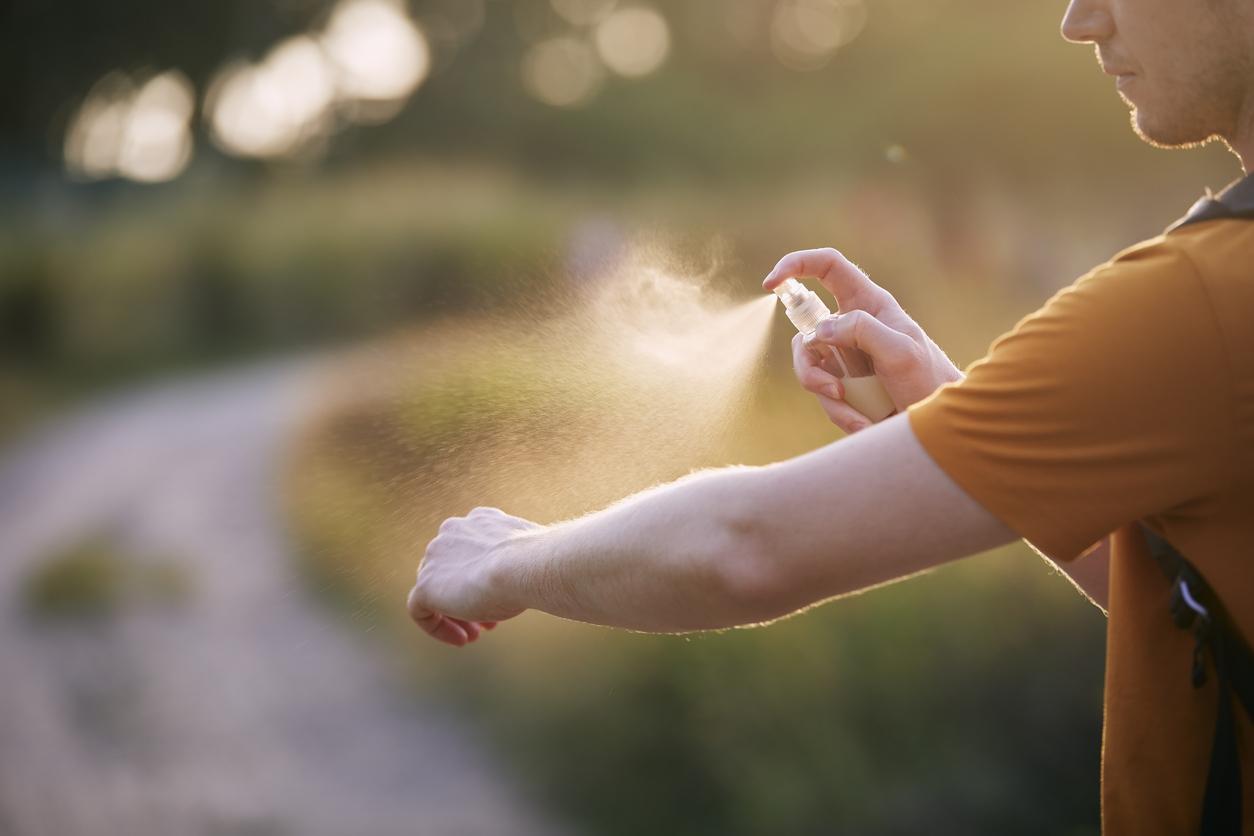This story highlights the allergic reactions and skin irritations that can occur after exposure to certain sea creatures, such as jellyfish.

- Itching, rashes and associated symptoms are common health problems that may require medical attention for proper relief and treatment.
- Although it may be tempting, it is important to avoid scratching, as this can make the itching worse and damage the skin, which can lead to infection.
- Creams or lotions containing calamine, aloe vera or colloidal oatmeal can help relieve itching.
The family, concerned about Charlotte’s health, consults a doctor to understand the cause of her rash and seeks additional information from medical sources to solve the puzzle. The story emphasizes the importance of consulting medical professionals for accurate advice and diagnosis when there are medical concerns.
The Enigma of the Sea Itch: In Search of the Mysterious Jellyfish
Once upon a time there was a happy family consisting of John, Lisa and their young child, Charlotte. They were looking forward to their beach holiday, a time of relaxation and fun by the sea.
The long-awaited day finally arrived, and they went to the beach with their umbrella, towels and sunscreen.
The day was perfect, with blue skies and bright sunshine. John and Lisa made sure Charlotte was well protected from the sun, regularly applying sunscreen and keeping her in the shade under the parasol. They spent the day building sandcastles, swimming in the turquoise water and enjoying the sea breeze.
However, by evening, Charlotte began complaining of itchy skin. Lisa noticed a mysterious rash that had developed on Charlotte’s arms and legs. John and Lisa were concerned and wondered what could have caused the rash.
They consulted a local doctor who explained that the cause of the rash could be an allergic reaction or an insect bite. He also suggested that it could be due to a jellyfish encountered in the sea water. The mystery remained.
Determined to solve the riddle, John and Lisa investigated further. They went to the local library to research the different plants and sea creatures that inhabited the area. They discovered that there was a species of jellyfish called the “Shimmering Jellyfish” that could cause itching and rashes in sensitive people.
The next morning, John and Lisa returned to the beach with a mission in mind. They searched for clues, scanning the sand and water for the shimmering jellyfish. Eventually, they found one floating near the shore. They immediately notified the lifeguards on the beach.
Through their findings and collaboration with rescuers, John and Lisa were able to identify the shimmering jellyfish as the cause of Charlotte’s rash. They realized that even though Charlotte had been in the shade and protected from the sun, she had been exposed to this sea creature when she ventured into the water.
The story of the itch riddle spread among beachgoers, and people became more aware of the potential dangers of marine life. Lifeguards increased their surveillance and posted warning signs to inform visitors of the possible risks.
Their experience is a reminder of the importance of being mindful of our surroundings, even during moments of pleasure and relaxation, so that we can fully enjoy our summer adventures in complete safety.

The Doctor’s Debrief
After carefully studying the case of Charlotte’s mysterious rash after her day at the beach, the following conclusions can be made:
Allergic reaction : Charlotte’s rash could be the result of an allergic reaction. Allergic reactions can be triggered by a variety of factors, including insect bites or contact with irritants. In this case, the allergic reaction can be attributed to the shimmering jellyfish Charlotte encountered in the seawater.
Individual sensitivity :Every individual may react differently to allergens or irritants. Some may be more sensitive to insect bites, jellyfish, or other environmental factors. In Charlotte’s case, her reactive skin developed a rash in response to the shimmering jellyfish.
Importance of sun protection : While Charlotte’s rash was not directly caused by excessive sun exposure, this story highlights the importance of sun protection when engaging in outdoor activities. Even in the shade and with the use of sunscreen, individuals can be exposed to environmental elements, such as jellyfish, that can cause skin reactions.
Collaboration with healthcare professionals : Charlotte’s parents made the right decision by consulting a doctor to identify the cause of the rash. Working with healthcare professionals is essential to get accurate medical advice and appropriate treatment.
To relieve itching:
Avoid scratching : Although it may be tempting, it is important to avoid scratching, as this can make the itching worse and damage the skin, which can lead to infection.
Apply cold compresses : Use cold compresses or ice cubes wrapped in a clean cloth to soothe the itching. The cold can temporarily numb the area and reduce the itching sensation.
Use soothing creams or lotions : Creams or lotions containing calamine, aloe vera or colloidal oatmeal can help relieve itching. Apply them gently to the affected area for temporary relief.
Take a cool bath or shower : Cool water can help soothe the itching. Take a bath or shower with lukewarm to cool water, without using harsh soap. Avoid baths that are too hot, as this can make the itching worse.
Use antihistamines : Over-the-counter antihistamines can help reduce itching. Follow the manufacturer’s instructions or consult a health care professional for proper dosage and precautions.
Wear loose clothing made of breathable fabrics : Tight clothing made from synthetic materials can irritate the skin and increase itching. Opt for loose clothing made from natural fabrics, such as cotton, which allow the skin to breathe.
Avoid known triggers : If you know what triggers your itching, try to avoid them as much as possible. This may include allergens, irritants, or certain chemicals.
If the itching persists or worsens, or if it is accompanied by other concerning symptoms, it is recommended that you consult a healthcare professional. They will be able to assess the underlying cause of the itching and recommend appropriate treatment based on your specific situation.









